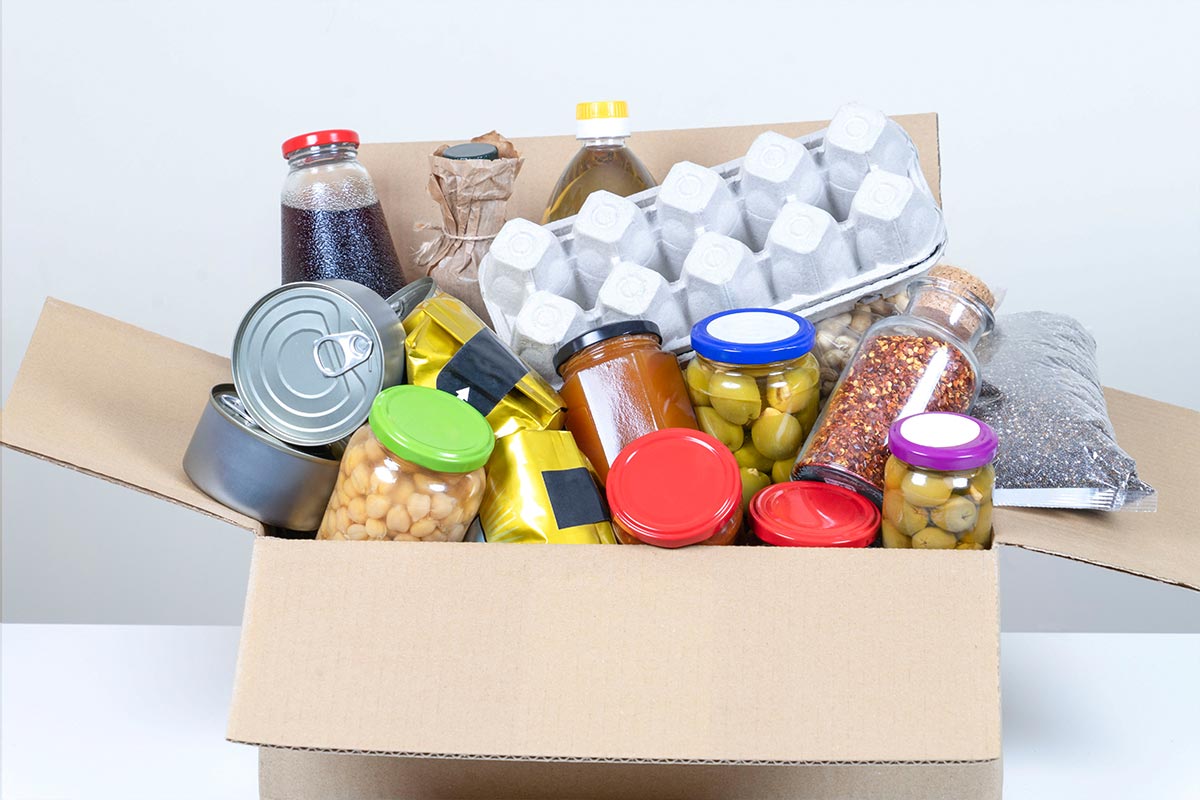Processed foods are (rightfully) earning a bad rap. They are known for their unhealthy levels of added sugar, sodium, and fat– all ingredients that can lead to obesity, heart disease, high blood pressure, and diabetes.
Processed foods are the archnemesis of good health, and yet, they make up over 60% of the American diet. And if you’re not sure if something is processed, ask yourself if it’s commercially packaged and not in its natural state. If your ancestors wouldn’t recognize it many generations ago, you are likely looking at a processed food or drink.
With that being said, it’s not feasible for most people to go 100% processed food-free, but it is possible to reduce the processed food in your life significantly– like with the ‘you make it; you eat it’ strategy:
- Sure, you can have potato chips if you’re willing to buy, wash, peel, chop, and fry the potatoes.
- Of course, you can have a cookie if you’re ready to mix all the ingredients, keep an eye on them in the oven, and clean the dishes afterwards.
- Absolutely you can eat bread, as long as you make it from scratch.
There’s no question that processed foods are convenient and addictive, which adds to their appeal. So what do you do if you want to make a change, but you feel your life is too chaotic and processed food is too tasty to walk away from it?
The answer: You take one step at a time toward the healthy horizon.
6 Tips to Cut Out Processed Foods
The following are tips for turning your processed world around:
- PREP: Make prepping your new pastime. Convenience is one of the cornerstones of processed food’s success. So keep healthy, unprocessed snacks in the fridge and cabinet. Also, prep your meals. If you spend one day and make several pieces of chicken or salmon, as an example, along with some bowls of salad, you’ll have healthy and filling food at your disposal, even when you don’t have much time.
- SWAP: Swap out the crunch of salty tortilla chips with the crunch of bell peppers. By the time you put chicken buffalo dip or any other dip on something, you’re primarily tasting the dip. And speaking of crunch, skip the croutons on your salad and opt for unsalted and unroasted seeds or nuts in your salad.
- WATER: Drink water during each meal and in between meals. Sugary beverages typically carry minimal nutritional value, and they often aren’t as filling as water–not to mention that they set you up for a sugar crash.
- VEGGIE UP: Add one serving of vegetables to your day. Yes, you should ideally have more, but it’s alright to start slow. Tell yourself that one time each day, you need to include a vegetable. Perhaps you add spinach to your eggs. Or maybe you use cauliflower to dip in your spinach artichoke dip instead of chips.
- POP IT RIGHT: Make popcorn on the stove or in a popcorn popper instead of popping store-bought popcorn. This will also allow you to control the amount of salt and butter added to your snack.
- ONE MEAL AT A TIME: Pick one meal a day to eat processed-free.
- Breakfast Example: Swap sugary cereals out for oatmeal with fresh fruit or nuts.
- Lunch Example: Make a pot of homemade soup and enjoy leftovers for days.
- Dinner Example: Homemade beef sliders with sweet potatoes.
Labels Lie But Not the Ingredient List
One of the biggest tricks to weeding out processed foods is to look at the label. If there are more than five ingredients, especially unfamiliar and unpronounceable ingredients, do not consume them. And be careful because not all food is packaged the same.
Take cottage cheese as an example. A popular producer of cottage cheese lists ingredients as the following:
- cultured skim milk, cream, salt
But suppose you didn’t know the rule of thumb about labels. In that case, you might grab a different popular brand of cottage cheese, which list ingredients as the following:
- skim milk, milk, cream, lactose, salt, stabilizer (bu gum, mono and diglycerides, xanthan gum, carrageenan, bean gum), citric acid, carbon dioxide and potassium sorbate (maintain freshness) and cheese cultures
One brand lists three ingredients for cottage cheese, whereas the other brand lists three lines of ingredients for cottage cheese! To someone not looking at the labels, they’d have no clue that one brand is clearly healthier than the other.
Lead Your Life Toward a Healthier You
You must be an active participant in your journey to health because, unfortunately, the food arena is filled with advertisers trying to trick you into thinking something is good for you. Case-in-point: ‘Fat-free’ items are often filled to the brim with sugar, ‘Sugar-free’ options often contain tons of added dyes and chemicals, and healthy options, like cottage cheese, have a different ingredient list depending on the brand.
Finally, while you’re making one change at a time and moving toward your best health, consider adding a nutritional supplement like EMPowerplus Advanced. This most-studied micronutrient in the world is a phenomenal way to start your day and to consume the vitamins and minerals you need.
And don’t forget, you cannot consume a nutritional supplement and expect it to be most effective while it’s swimming around with fast food, iced coffees, and cupcakes in your stomach. Instead, surround that supplement with nutrient-rich foods that compliment it, and you’ll be blown away by how greatly it positively affects your life.
Author: Evelyn Lindell
Certified Health & Wellness Coach

